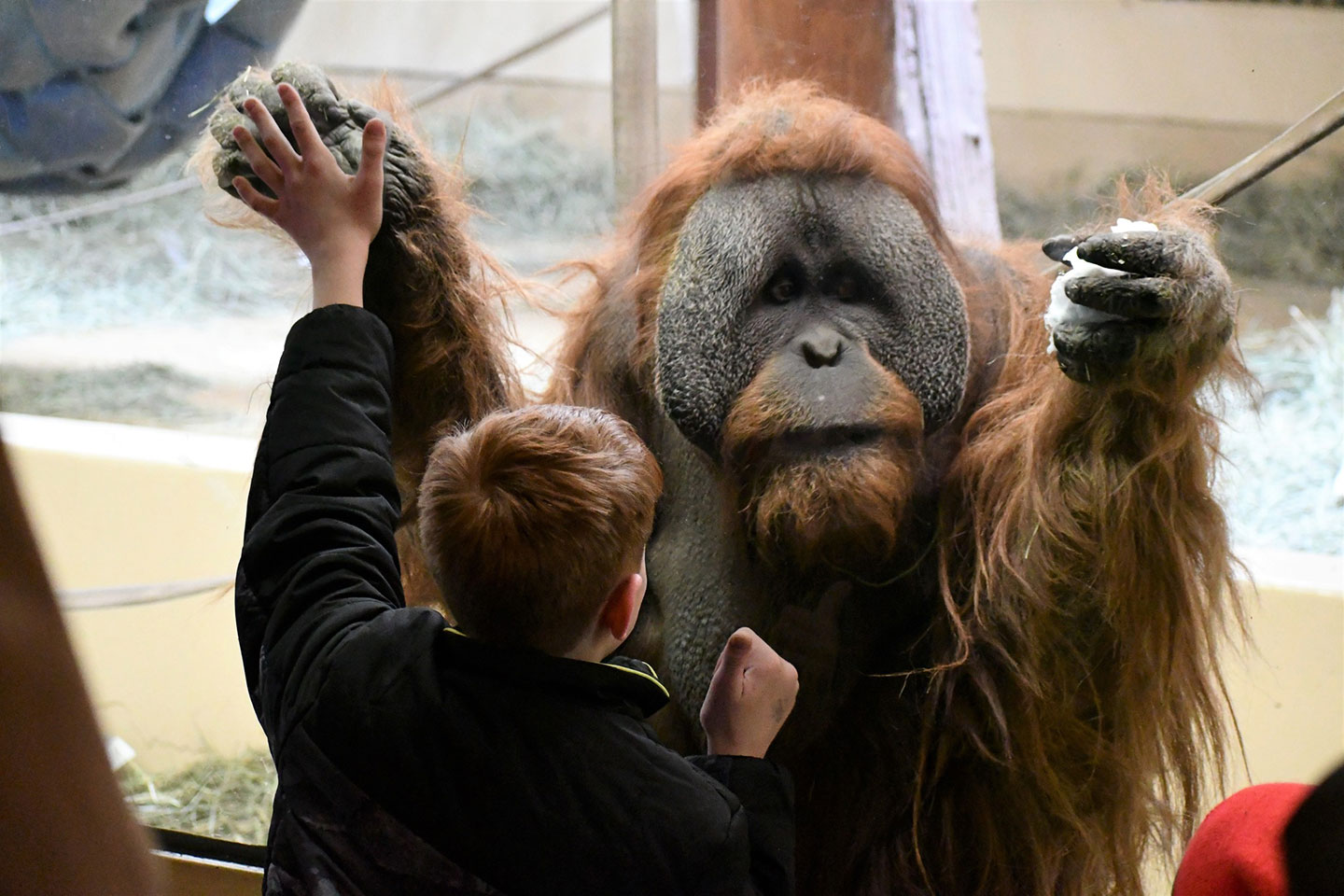
Ethology is the scientific study of animal behavior, often in their natural environments. This field helps us understand why animals act the way they do, from simple actions like eating to complex social interactions. Ethologists observe and analyze behaviors to uncover patterns and reasons behind them. Ever wondered why birds migrate or how ants communicate? Ethology has the answers. By studying various species, scientists can draw connections between behavior, environment, and evolution. This knowledge not only satisfies curiosity but also aids in wildlife conservation and improving animal welfare. Ready to dive into some intriguing facts about ethology? Let's get started!
What is Ethology?
Ethology is the scientific study of animal behavior, particularly in natural environments. It focuses on understanding how animals interact with each other and their surroundings. Here are some fascinating facts about this intriguing field.
- Ethology combines elements of biology, ecology, and psychology to study animal behavior.
- The term "ethology" comes from the Greek word "ethos," meaning character or behavior.
- Ethologists often observe animals in their natural habitats to gather data.
- This field emerged as a distinct scientific discipline in the early 20th century.
- Ethology helps us understand the evolutionary significance of animal behaviors.
Pioneers of Ethology
Several scientists have made significant contributions to ethology, shaping our understanding of animal behavior.
- Konrad Lorenz, an Austrian zoologist, is considered one of the founders of ethology.
- Lorenz is famous for his work on imprinting in birds, particularly geese.
- Niko Tinbergen, a Dutch biologist, shared the Nobel Prize with Lorenz for their work in ethology.
- Tinbergen developed the four questions framework to study animal behavior: causation, development, evolution, and function.
- Karl von Frisch, another Nobel laureate, studied honeybee communication and discovered the "waggle dance."
Animal Communication
Communication is a vital aspect of animal behavior, allowing individuals to convey information to each other.
- Animals use various methods to communicate, including vocalizations, body language, and chemical signals.
- Dolphins are known for their complex vocalizations, which include clicks, whistles, and pulsed sounds.
- Bees communicate through the "waggle dance," which conveys information about the location of food sources.
- Elephants use low-frequency sounds, called infrasound, to communicate over long distances.
- Some animals, like cuttlefish, use color changes to communicate with potential mates or rivals.
Social Behavior in Animals
Social behavior involves interactions between individuals within a species, often leading to complex social structures.
- Wolves live in packs with a strict social hierarchy, led by an alpha male and female.
- Meerkats exhibit cooperative behavior, with individuals taking turns as sentinels to watch for predators.
- Primates, such as chimpanzees, have intricate social structures and exhibit behaviors like grooming to strengthen bonds.
- Ants and bees are examples of eusocial animals, living in colonies with division of labor and cooperative care of offspring.
- Dolphins form social groups called pods, which can consist of a few individuals to several dozen.
Mating and Reproduction
Mating behaviors and reproductive strategies vary widely among animal species, often involving elaborate rituals and displays.
- Birds of paradise are known for their elaborate courtship displays, which include intricate dances and vibrant plumage.
- Male bowerbirds build elaborate structures, called bowers, to attract females.
- Some fish, like seahorses, exhibit unique reproductive behaviors, with males carrying and giving birth to the young.
- In many species, males compete for access to females through displays of strength or combat.
- Female choice plays a significant role in the mating process, with females often selecting mates based on specific traits.
Learning and Adaptation
Animals have the ability to learn from their experiences and adapt their behaviors to changing environments.
- Classical conditioning, discovered by Ivan Pavlov, involves learning through association, as seen in Pavlov's experiments with dogs.
- Operant conditioning, studied by B.F. Skinner, involves learning through rewards and punishments.
- Some animals, like crows and ravens, exhibit problem-solving abilities and use tools to obtain food.
- Migration is an example of an adaptive behavior, with animals like birds and whales traveling long distances to find food or breeding grounds.
- Animals can also learn from observing others, a process known as social learning, which is common in primates and birds.
The Fascinating World of Ethology
Ethology, the study of animal behavior, offers a window into the complex lives of creatures around us. From migration patterns to mating rituals, animals exhibit behaviors that are both intriguing and essential for their survival. Understanding these behaviors not only enriches our knowledge but also helps in conservation efforts. For instance, knowing how elephants communicate can aid in protecting them from poaching. Similarly, studying the social structures of primates can provide insights into human evolution. Ethology bridges the gap between humans and animals, showing us that we share this planet with beings who have their own ways of living and interacting. Whether you're a student, a researcher, or just curious, ethology has something to offer. Dive into this field, and you'll find a world teeming with life, intelligence, and wonder.
Was this page helpful?
Our commitment to delivering trustworthy and engaging content is at the heart of what we do. Each fact on our site is contributed by real users like you, bringing a wealth of diverse insights and information. To ensure the highest standards of accuracy and reliability, our dedicated editors meticulously review each submission. This process guarantees that the facts we share are not only fascinating but also credible. Trust in our commitment to quality and authenticity as you explore and learn with us.


